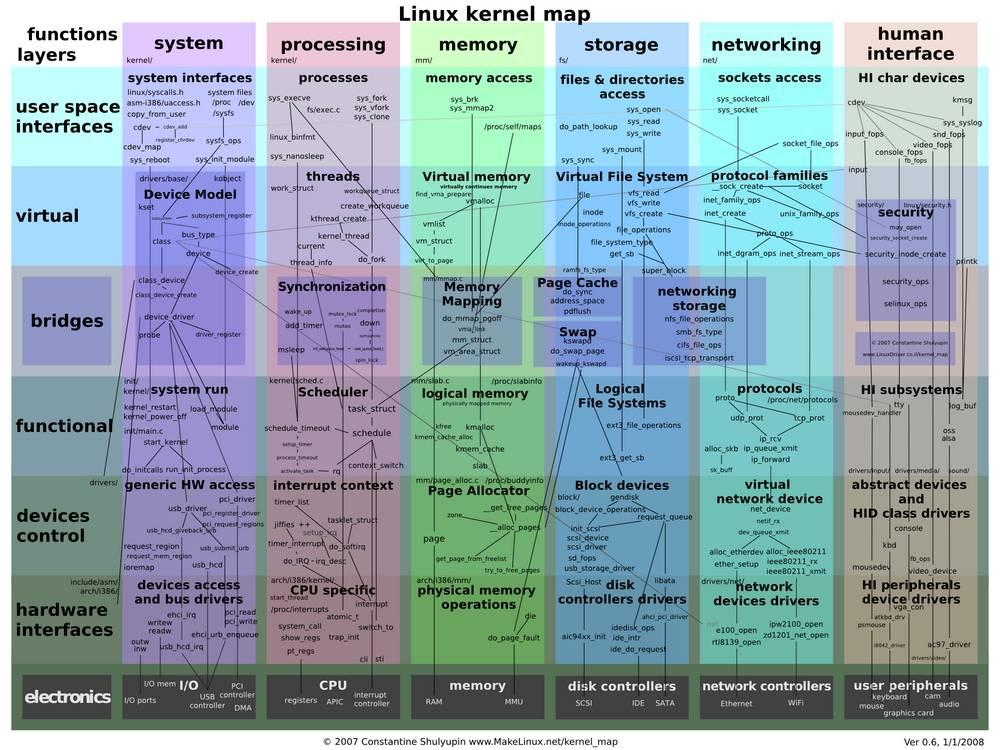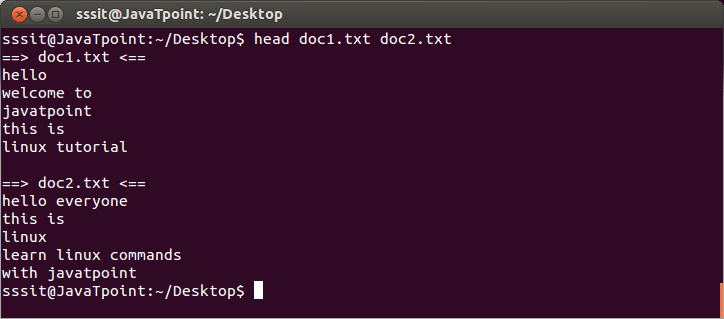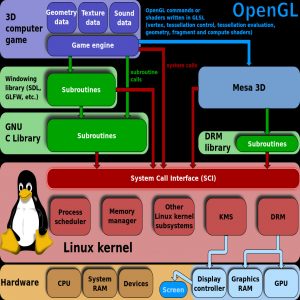
The most common way is dynamically with kfifo_alloc(): You can define and initialize a queue either statically or dynamically. After the dequeue operation, the out offset is incremented by the number of items removed.

The dequeue operation copies data from the queue into a buffer. After the data is added, the in offset is increased by the amount that was enqueued. The enqueue operation copies data to the queue starting at the in offset. The in offset is the position that the next enqueue will add data to, and the out offset is the position where the next dequeue will remove data from. The kfifo object maintains an in offset and an out offset into the queue. Kfifo has two operations: enqueue (named in) and dequeue (named out). The Linux queue implementation is called kfifo. Data is removed from a queue in the order that it’s added, with the oldest data removed first. Queues are a first-in-first-out data structure. Static struct inotify_watch * inode_find_handle ( struct inode * inode, struct inotify_handle * ih ) Queues That each call to list_de deletes one node from the linked list.This site uses Just the Docs, a documentation theme for Jekyll. Then after deleting each node we iterated through the list and see the In the above output the first three lines are creation of the linked list. KERNELDIR ?= /lib/modules/$(shell uname -r)/buildĬompile and insert the module into the kernel

Printk(KERN_INFO "\n Deleting third entry \n") Printk(KERN_INFO "\n Deleting second entry \n") Printk(KERN_INFO "\n Deleting first entry \n") Printk(KERN_INFO "\n Hello %d \n \n", entry->temp) Three=kmalloc(sizeof(struct k_list *),GFP_KERNEL) Įntry=list_entry(ptr,struct k_list,test_list)

Two=kmalloc(sizeof(struct k_list *),GFP_KERNEL) One=kmalloc(sizeof(struct k_list *),GFP_KERNEL) Now let us add the deletion of nodes to the same init function,Īnd print the linked list after every deletion.įor example to delete the "one" we need to call the functionĪnd after every deletion we will iterate over the list using list_for_each In the init part of the module we have create three nodes in the linked list.

Listhead linux kernel example code#
Let us take the code that we used to create the list in the post " Creating a linked list" We need not be bothered whether it is the head,tail or in between the kernel takes function takes care of it. The kernel developers have made the above process very easy for us by providing the functionĮntry is the pointer to the node which we want to delete. If we delete the node from the tail, then the node to before it becomes the tail and if we delete the node from in between, the node previous to the delted node should be made to point to the node to which the deleted node was pointing to, making sure that the link between the nodes are maintained. If we delete the node at the head, then the node to which it was pointing to becomes the new head. That is no matter from which position the node is deleted, the head, the tail or in between, the link between the remaining nodes should be retained. The deltetion of nodes in a linked list has to be done carefully to make sure that even after the deletion of a node the list retains its structure. Now let us see how we can delte the nodes
Listhead linux kernel example how to#
In the post " " we saw how to create as linked list using the built in functions of linux.


 0 kommentar(er)
0 kommentar(er)
